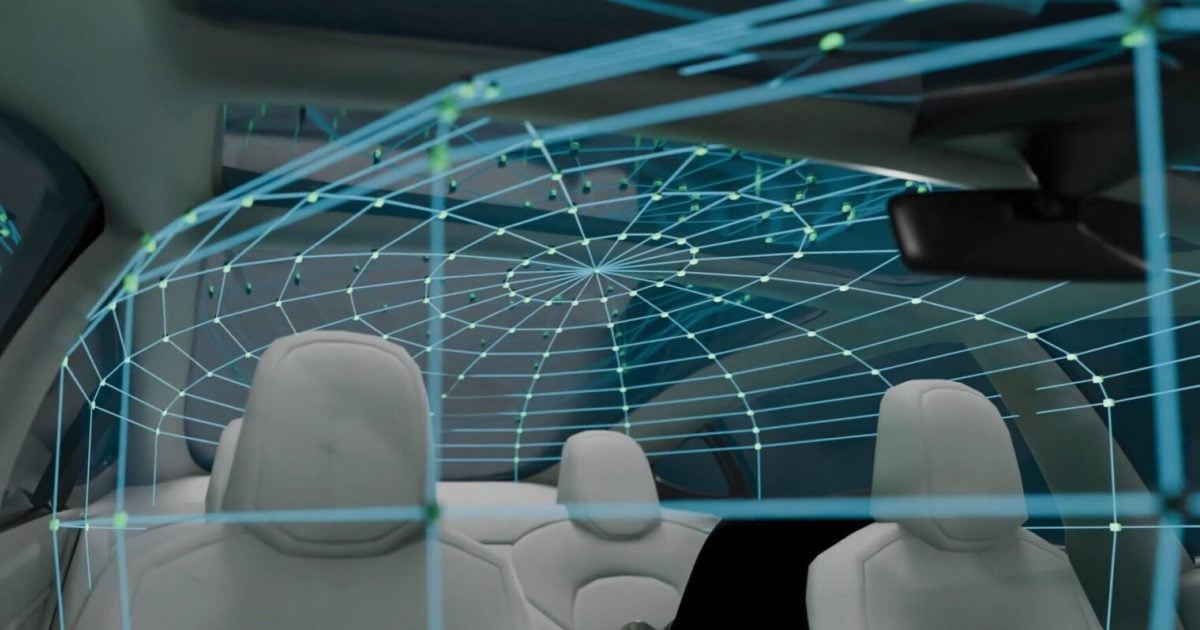
This year’s Enterprise Connect was rich with content, conversation and debate. This included a lively panel, talking about the inevitability of change – as the only constant as UC and UCaaS matures.
When asked what kind of changes panelists were planning associated with their UC strategies, their responses included incorporating more analytics and eventually Artificial Intelligence (AI); implementing digital transformation across the organization and moving legacy technology to the cloud.
Monica Gionet, Director of Unified Communications at Hertz said her company operates in over 150 countries and has more than 9,000 locations, with 3,000 being in the US and Canada.
Keeping all of their remote locations connected has been a challenge. Hertz has a mix of older and newer technology and have been in the process of refreshing technology in their field locations and corporate offices. Over the last 18 months the company has been working with IBM as a Managed Service Partner to bring partners like Ribbon Communications to Hertz.
Ribbon has helped Hertz move their voice technology to the cloud. The company is about one-third of the way through their transformation. Gionet said the transformation has helped to better connect the field locations to each other, speed up their transactions, and improve the overall customer experience dramatically.
Hertz is also aiming to transform call centers by refreshing the technologies and moving Customer Experience (CX) applications into the cloud. They are also aiming to bring the entire workforce onto a powerful web-based platform for conferencing.
Harald Schimer, Manager of Digital Transformation & Change for Continental AG, brought a Human Resources perspective to the conversation and talked about how the organization has migrated the entire company of 150,000 employees to Office 365 in the last 2.5 years. For 7 months they migrated 2,000 employees per day.
Since they were taking away their existing tools, Continental anticipated there would be resistance, so during the transition the company took careful steps to communicate the process to employees every step of the way and that was a big key to the successful migration. As part of their communications campaign they distributed “Don’t Panic” towels to their employee base.
Dan Metzger, Manager of Unified Communications for Conde Nast, said they utilize several vendors including on-premises from Cisco and cloud-based solutions from 8x8, while leveraging Slack for chat and Zoom for video conferencing for their UC needs. Metzger said they are also leveraging traditional telecom services combined with SIP and PRIs. Conde Nast is moving all of its telephony to the cloud as part of a culture change and AI will be a big part of that.
Cassey Abell, Corporate Engineer at Waste Management, highlighted the technology the company is going to incorporate into the existing infrastructure. Waste Management is planning to add video pieces with text to assist drivers and help them troubleshoot issues themselves to save time on potentially having maintenance go out for the repairs and potentially bring the wrong parts.
Paychex is focused on application integration to present real-time information to their agents by providing more analytics across the customer journey. Carlos Cong, Senior Manager of Enterprise Technology Services at Paychex, also talked about the exploration of other real time communications solutions such as cognitive collaboration.
Kari Mattek, from Northwestern Mutual, focused on digital transformation. She believes that UC is helping people connect with information intuitively and productively. Mattek said that throughout the digital transformation process senior leadership has been very supportive, even when they took some wrong turns. Over the last three years Northwestern Mutual has made significant strides in their communications objectives.
What is the impact of transformation?
Gionet said that you can’t underestimate the impact on the user and you can’t afford to have users reject the adoption of the technology. There are those who will embrace the technology and others on the opposite end of the spectrum who are “technophobes” who will resist it - and there are some in between the two categories.
“You have to evaluate and plan for it,” Gionet said. “You can’t afford in IT to just to be IT. You have to know how to leverage communicating the impact of the transition cross-functionally.”
Picking strong partners is key, and Gionet said IBM and Ribbon are truly a part of the Hertz IT team. “They are really an extension of Hertz and have been key partners in our successful rollout and migration. Key to success has also been creating an excitement and enthusiasm for change which leads to a higher uptake rate when our employees embrace new ways to work.”
The panel closed with the moderator asking each panelist what would be at the top of their wish list going forward.
Metzger said, “To get to the cloud so we can focus more on business needs and drive more value to our business from an IT perspective.”
Schimer said his dream would be when it comes to migrating to new technology, “To not have a one-size fits all top down rollout, but a movement where everyone says this makes so much sense.”
Gionet responded, “To create the excitement for the change – so that we have a higher uptake rate and people embrace it.”
Mattek said, “Simplify. The more we can simplify and make transformation easy, the better off we’ll be.”
Cong replied, “Continuing to simplify and I’m looking forward to cognitive collaboration coming up.”
Abell said the top of his wish list would be, “completing our roll-out, to get everyone up and running on the new technology and improving the user experience.”
According to a recent study by Transparency Market Research, the Unified Communication as a Service (UCaaS) market will be worth nearly $80B over the next five years.
The demand for UCaaS, according to the report, is likely to surge in the coming years based on rising investment in industries including consumer goods, financial services, and insurance (BFSI), transportation and logistics, retail, and telecom.
In 2015, the UCaaS market was valued around a worth of $8.23B. This figure is anticipated to have grown by 10X by the end of 2024.
Edited by
Ken Briodagh





